Choosing the right soil before planting flowers is half the battle. Don’t think that you can grow good flowers by buying some nutrient soil?
When caring for potted plants indoors, many people don't know how to water them, which causes the plants to rot in their roots and stems, or the soil in the pots to dry out and wither for a long time. However, as long as you slowly water the soil after it is completely dry, the plants will basically not die. However, if the soil for caring for the plants is not selected well, you are half way to failure.
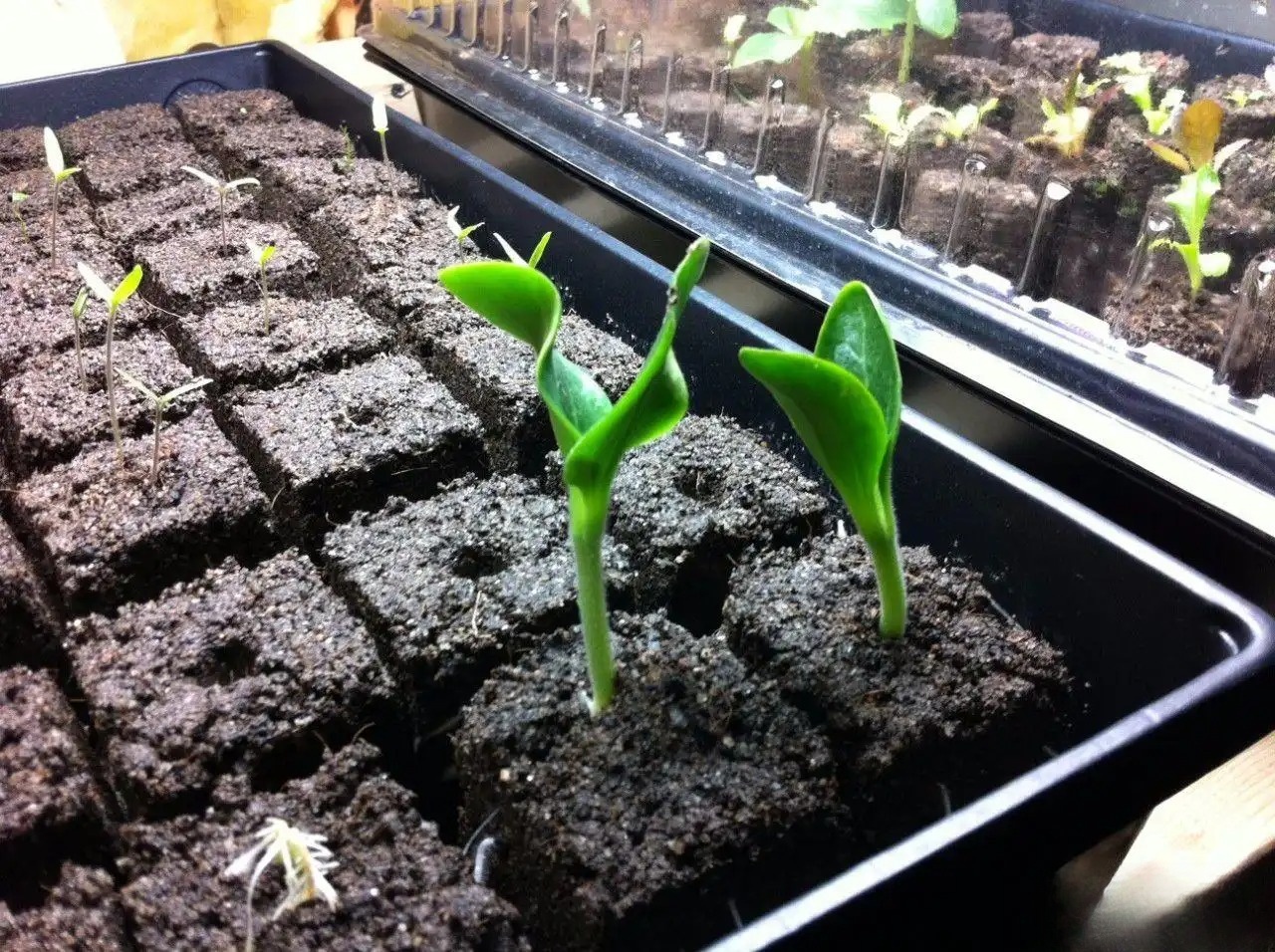
The picture above shows seedlings grown in peat soil
To grow indoor potted plants, you can't just buy some nutrient soil and plant them. You also need to choose the right plants according to their growth characteristics. For example, to care for green radish, you need to choose loose soil with good water retention capacity. The green radish you usually buy is usually paired with peat soil and decomposed sawdust, which is very loose and conducive to root growth and water retention.
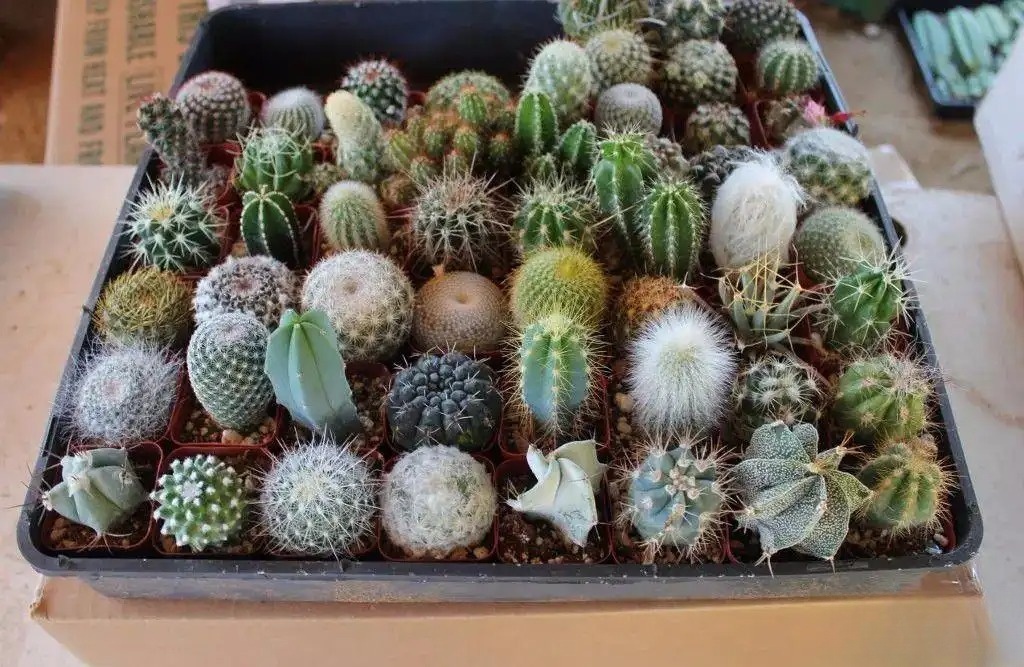
If you are planting cacti or succulents, the cultivation soil must contain more sandy soil, such as common river sand or perlite. These two things can be used interchangeably. When used to cultivate plants such as aloe vera, jade plant and tiger skin plant, you can add about 20% to 30%.
Most indoor plants can grow well in several different soils, and there is no specific requirement for a specific potting soil. However, there are certain rules here. The soil for indoor potted plants must be kept sufficiently "loose", that is, the soil is relatively loose and will not stick together. The second thing is to maintain air permeability and drainage. In order to increase air permeability, you can add some different materials, including decomposed sawdust, bark, coconut bran and expanded clay.
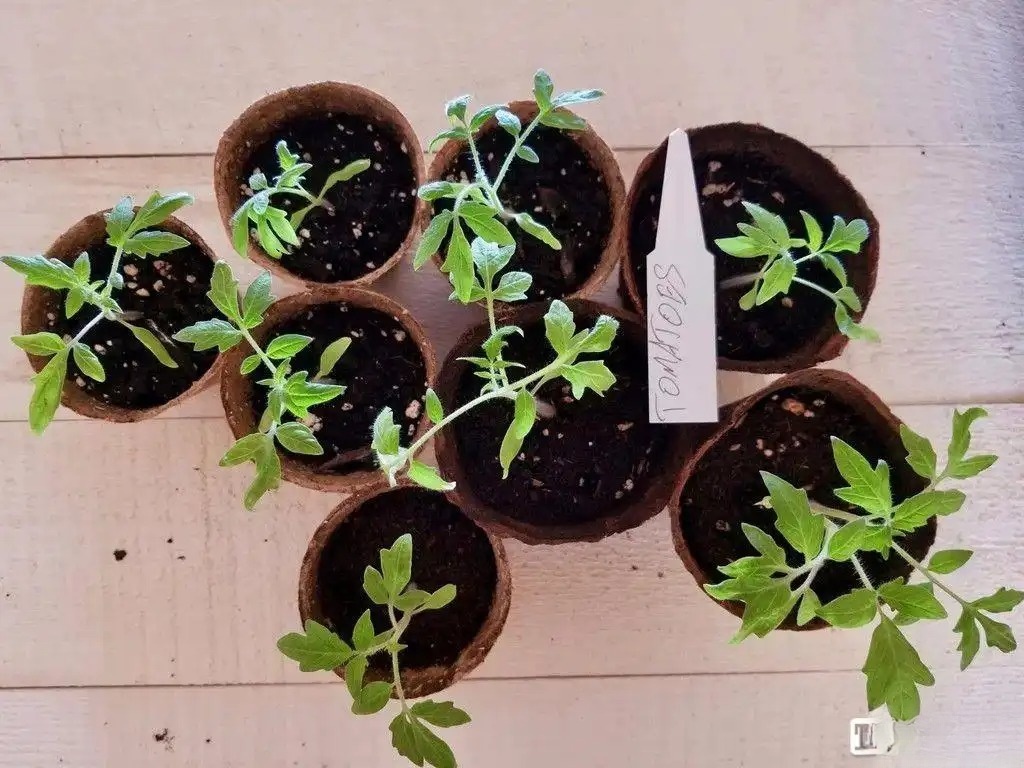
The picture above shows peat soil combined with perlite to cultivate tomato seedlings
In order to keep the soil well drained, some river sand, such as coarse sand, is usually added to the soil, or granular stone is selected, including common perlite, Akadama, pumice, Kanuma soil and diatomaceous earth. After watering the plants, the water will slowly flow out from the bottom. Do not allow water to accumulate in the potting soil, otherwise the roots of the plants will rot.
Several common soils are usually mixed together for growing indoor potted plants, including peat soil, perlite, river sand, decomposed sawdust, vermiculite, sphagnum moss and coconut coir. As long as the proportions are appropriate, these soils can basically grow most plants.
1. Peat soil
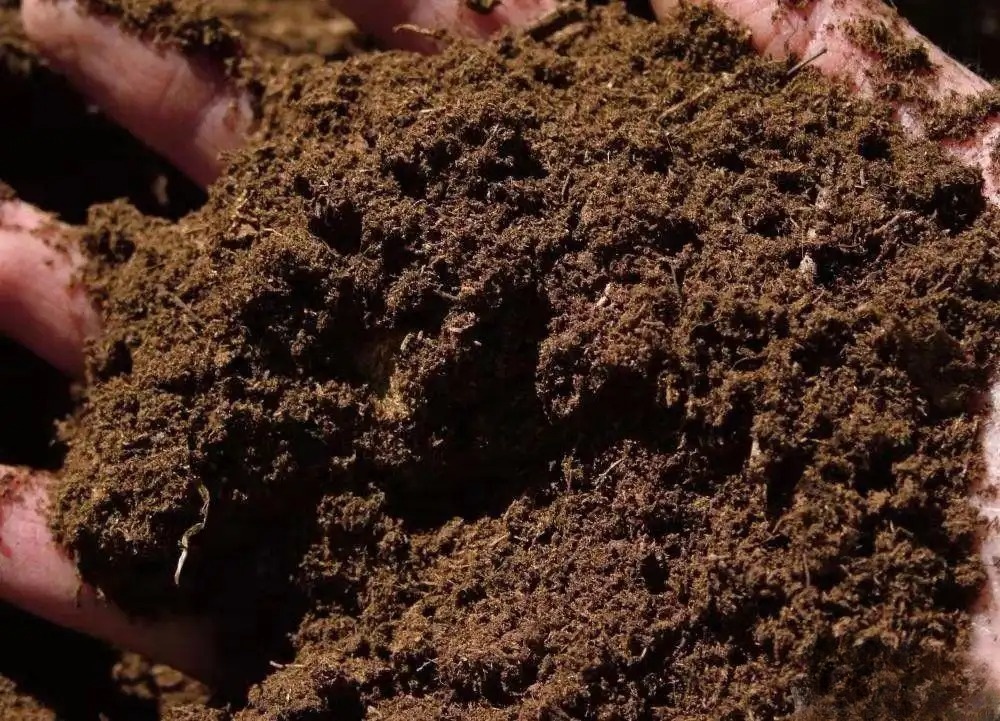
Peat soil is the soil that was formed after plants settled for a long time a long time ago. The characteristics of peat soil are that it is particularly loose and breathable, has a certain fertility, and has excellent water retention capacity, which makes it a very popular cultivation soil.
Peat soil is easy to buy and relatively cheap. It is suitable for planting most plants. It can be said that it is versatile and suitable for planting a variety of plants.
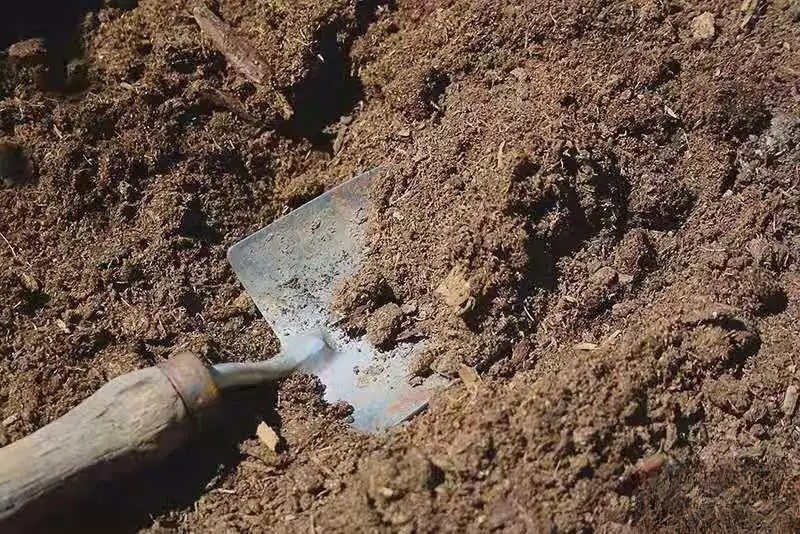
But this presents a problem. Peat is naturally formed, requiring tall plants to accumulate over many years. It is an effective source of carbon, and digging up the peat will damage the surrounding environment. In other words, peat is ultimately non-renewable, or requires a very long time to recover.
Of course, we don't use pure peat soil to grow flowers, but we mix other ingredients in it, which can also ensure the good growth of plants. For example, peat soil is mixed with perlite, or peat soil is mixed with river sand, and some compost soil or leaf mold is added appropriately. The ratio is generally 5:3:2 or 5:2:1, which is adjusted according to the growth needs of plants.
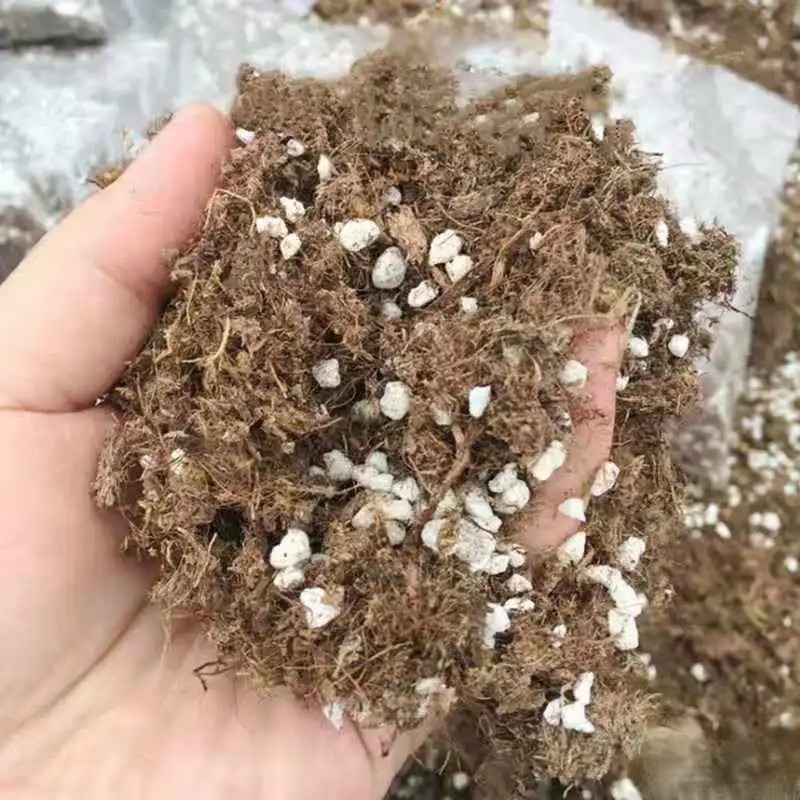
The picture above shows peat soil mixed with coconut peat, sawdust and perlite
Others such as coconut bran, bark, coarse sand and granular soil are all very good planting materials, but they cannot be used alone because they only have the functions of ventilation, water retention or drainage, but have no fertility and cannot be used directly to grow flowers. Peat soil itself has nutritional fertility and can keep plants growing with nutrients within a year.
2. Leaf mold
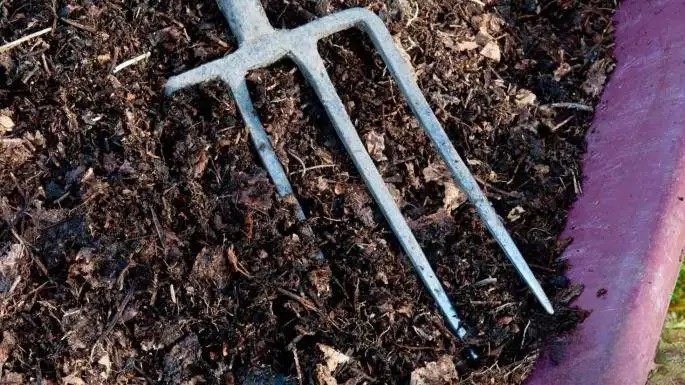
Leaf mold is what we usually call humus soil. It can be collected directly from under the woods, or by directly collecting fallen leaves and piling them in containers. After they are completely decomposed and fermented, you can get leaf mold.
It is relatively simple to make your own leaf mold. You can mix the fallen leaves with ordinary garden soil, then add clean water regularly to keep it slightly moist. After about 6 months, you will be able to make fully decomposed and fermented leaf mold.
3. Compost
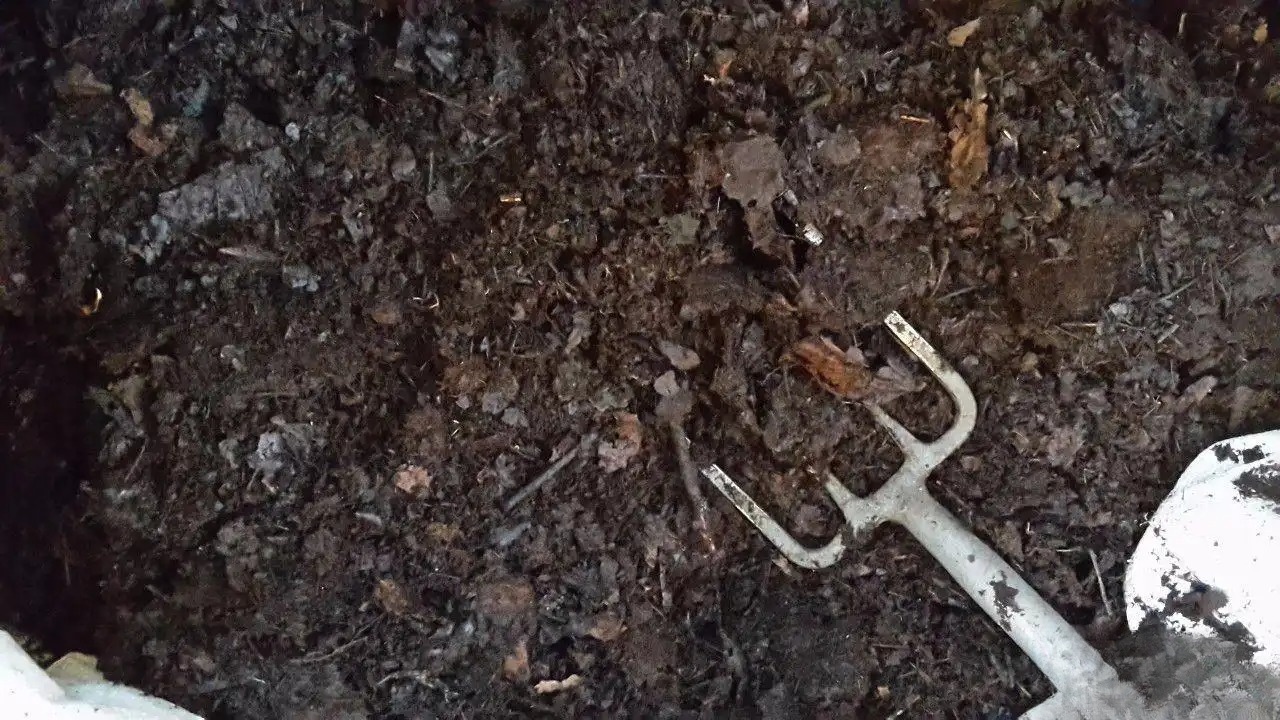
The leaf mold mentioned above is actually compost soil. We usually use compost when fertilizing flowers. After the organic compost is decomposed and fermented, it is very good for fertilizing plants. If you add more garden soil to the compost, then after half a year, you will get compost soil, and the concentration of fertility will be reduced.
Compost cannot be used directly for planting flowers (used as fertilizer), but compost soil can (used as fertile soil). In fact, the difference is the concentration of fertility.
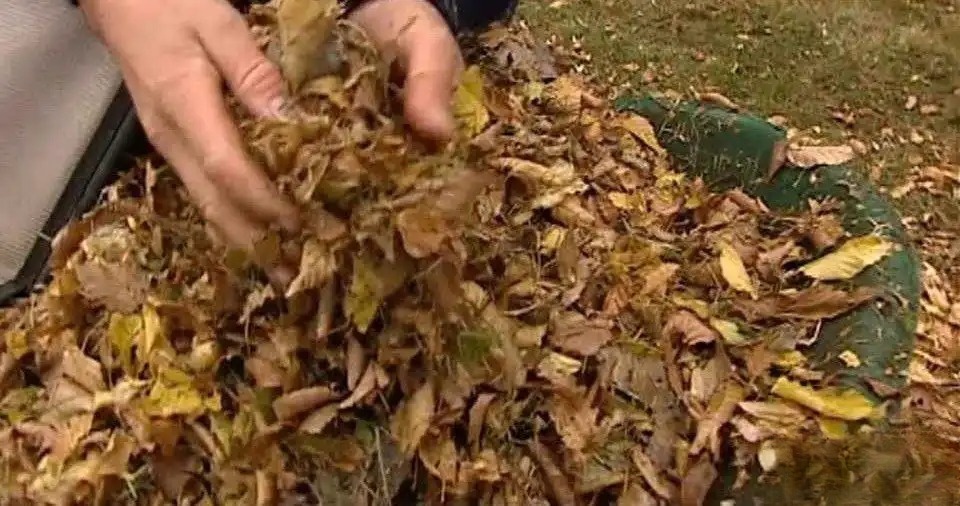
It is best to prepare a compost bucket or compost box for making compost. There should be drainage holes inside, but the drainage holes should be blocked with gauze and the top should be covered with a lid. You can add more materials when composting, including common hay, wood chips, bark, twigs, fallen leaves, vegetable leaves, fruit peels, coffee grounds, tea dregs and egg shells.
If you want to complete the composting faster, you must crush the materials. When composting, you must also remember to add clean water regularly, open the lid regularly, stir the composting materials evenly with a pitchfork to avoid water accumulation inside, keep it slightly moist, and keep the compost in a ventilated and well-lit place in the yard. If the temperature is high, it will generally be fully decomposed and fermented in 3 months.

After being successfully made, the compost will not have any impurities and will not have any odor, only the smell of the fertilizer itself.
The decomposed compost can be directly mixed into the soil for use. The proportion should not exceed 30% of the soil, otherwise it will cause the soil to be too fertile.
4. Garden soil
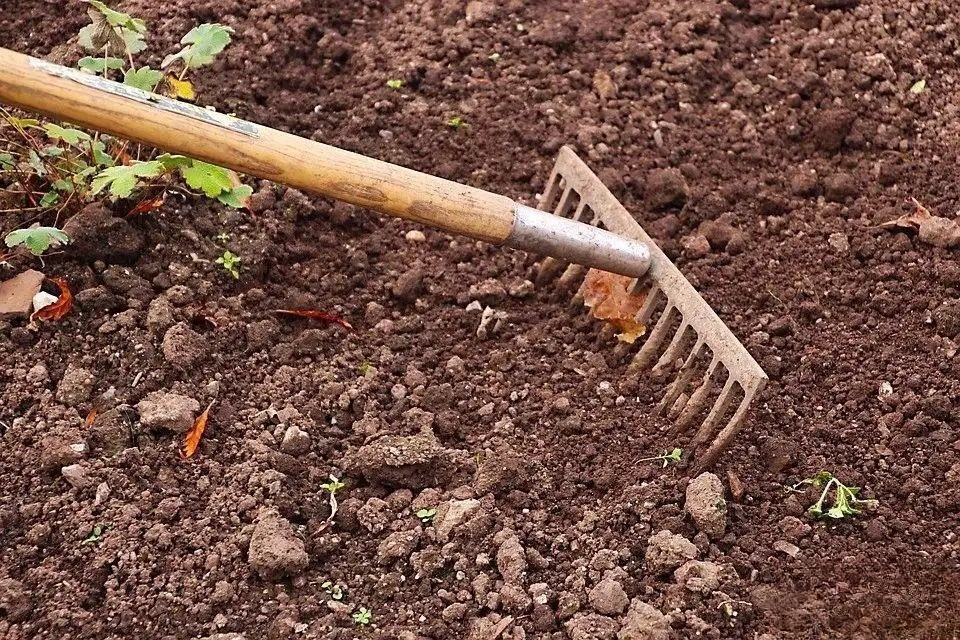
Garden soil is the soil we usually dig directly from the yard or outdoors. The characteristic of this soil is that it is very heavy and is not suitable for growing flowers because the soil is easy to clump, has little fertility, and is heavy and difficult to move, which is very unfavorable for the growth of plant roots. When raising some plants with low fertility requirements, you should also mix river sand into the garden soil to increase drainage capacity.
Before using it to grow flowers, it is best to sterilize it first. You can water it once with carbendazim and then mix it with peat soil and compost soil. The proportion of garden soil should not exceed 40% (preferably 20%~30%). Keep the soil loose and breathable to facilitate the growth of plant roots.
5. Manure
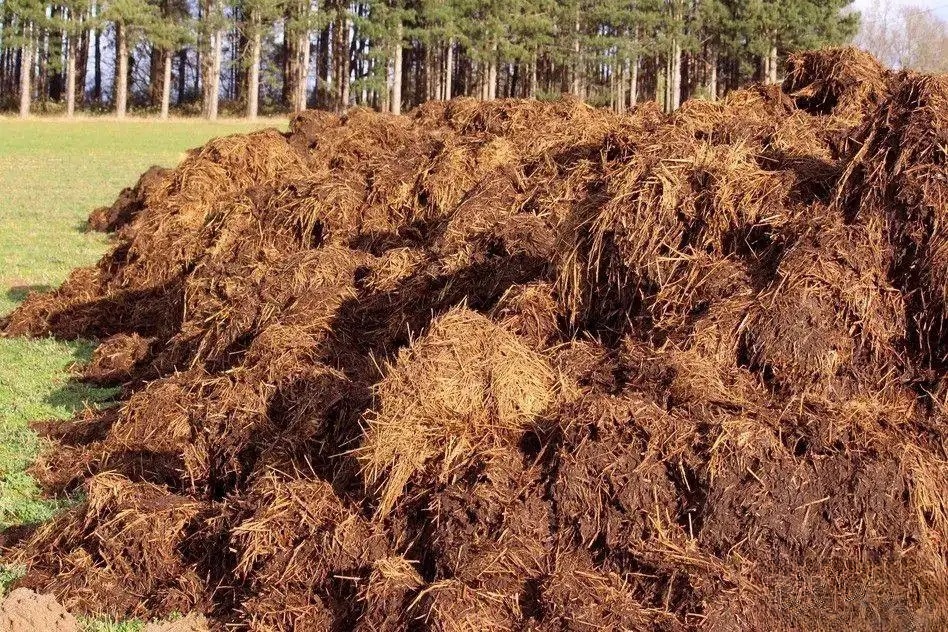
The manure mentioned here is the fully decomposed manure of livestock or poultry. Note that it must be fully decomposed and fermented. Animal manure cannot be used directly as fertilizer. The manure can be piled together and fermented at high temperature for more than half a year before it can be used.
When we only make compost, we can mix it with appropriate manure, including common chicken manure, cow manure, pig manure, sheep manure and horse manure.
The feces of pets at home, such as cats, dogs, rabbits, etc., are not suitable for making manure. Pet feces are likely to contain parasites, which is not suitable for growing flowers.
When fertilizing flowers, manure cannot directly contact the roots and leaves of plants (other fertilizers are also not allowed). Too concentrated fertilizer will burn the roots and stems of plants. Do not fertilize plants too concentratedly, and water them thoroughly once after fertilizing. Before planting plants, you can dig holes at the bottom of the pot or in the ground, bury a layer of well-rotted manure, and then cover it with a thick layer of soil, and then plant the plants in. This can continuously provide nutrients to the plants and ensure that the plants have fertility for about a year and a half.
6. Sphagnum moss
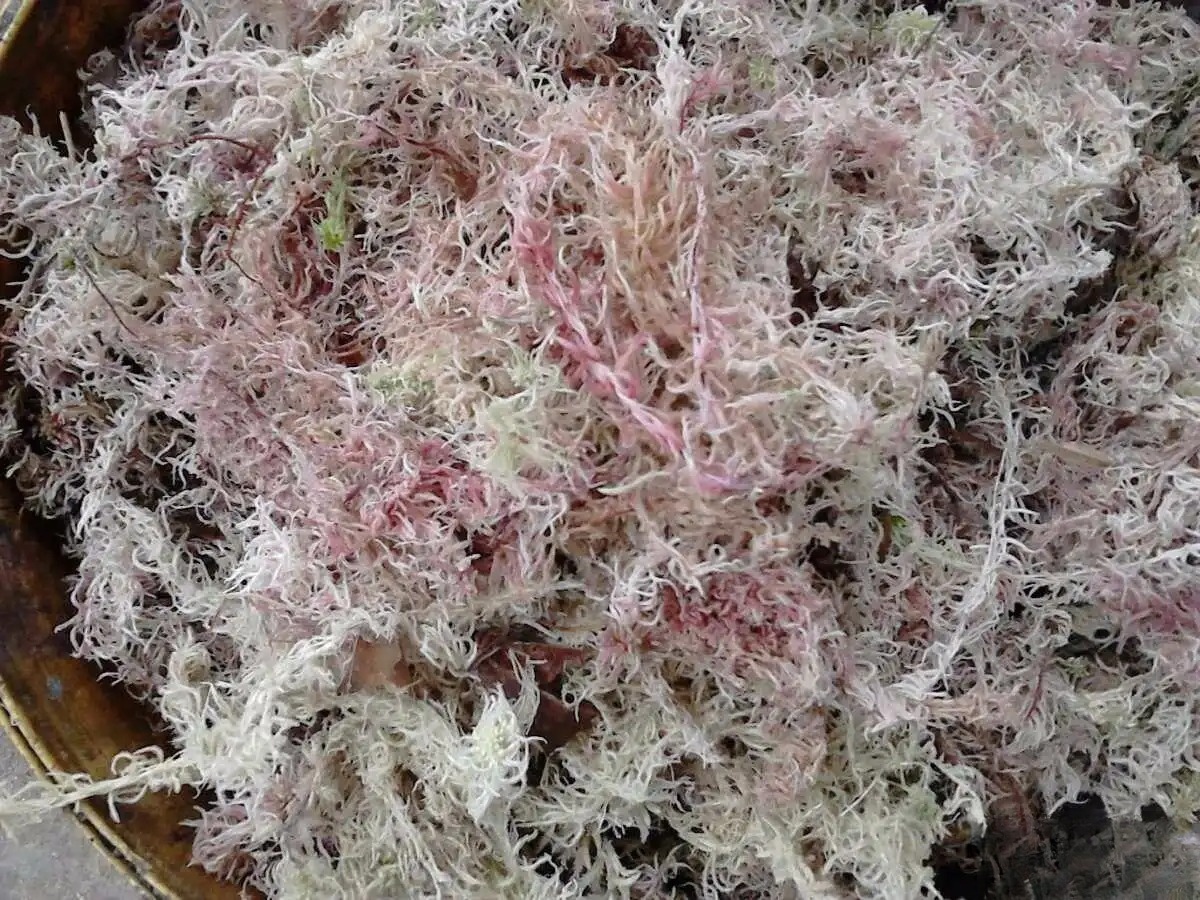
Sphagnum moss is the "peat moss" in nature, and the sphagnum moss we can buy is completely dry and needs to be soaked in clean water for more than half an hour before use. Be careful not to soak it in water for more than 6 hours, otherwise it will rot and stink.
After soaking in clean water, pick it up and squeeze out the water and then use it to grow flowers. It is generally used to plant orchids, carnivorous plants, and succulents. The characteristics of sphagnum moss are that it is particularly loose and breathable, and has good drainage ability. It has a good promoting effect on the growth of plant roots and is very suitable for arranging plant landscapes.
Sphagnum moss is suitable for planting plants whose roots need to retain moisture but are afraid of frequent watering, and whose roots need to remain breathable. Orchids, carnivorous plants and succulents all meet these requirements.
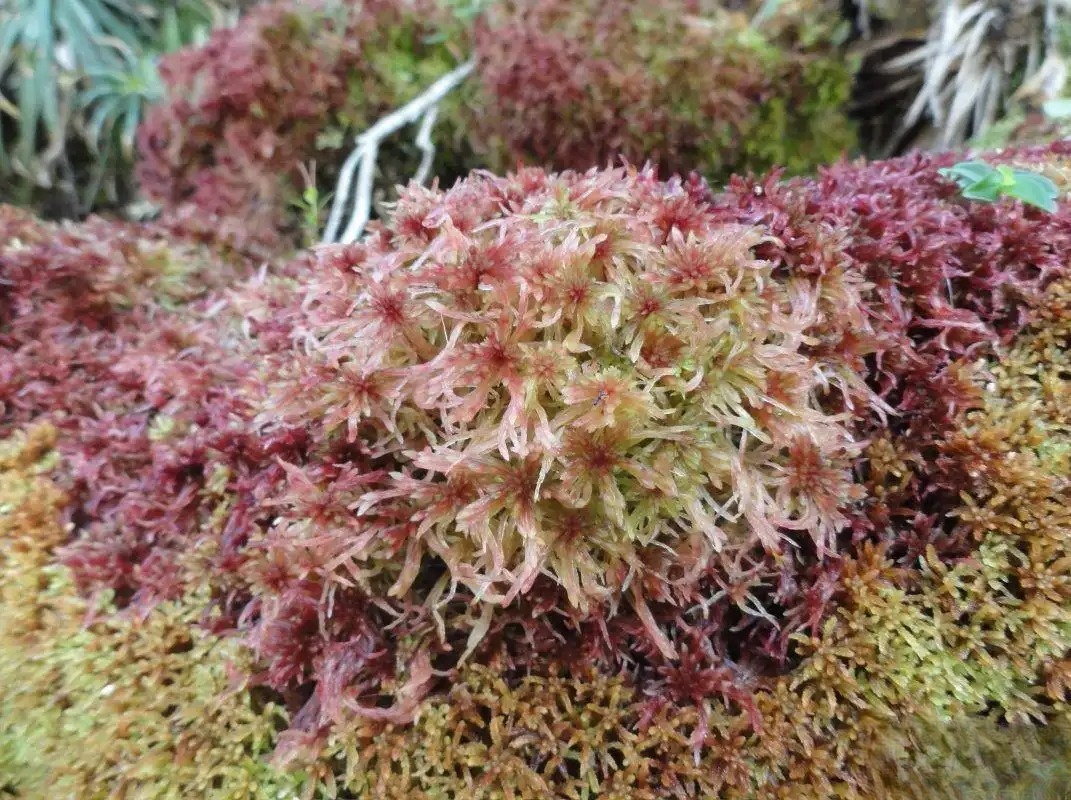
After the sphagnum moss is completely saturated with water, the weight of the water is 25 times that of the dry one. You can imagine how strong the water retention capacity of the sphagnum moss is.
When caring for potted plants, if the plants prefer water, or when arranging bonsai plants, you can spread a layer of sphagnum moss on the soil surface to retain moisture. After exposure to light, the sphagnum moss can return to green and add luster to the bonsai.
7. Perlite and Vermiculite
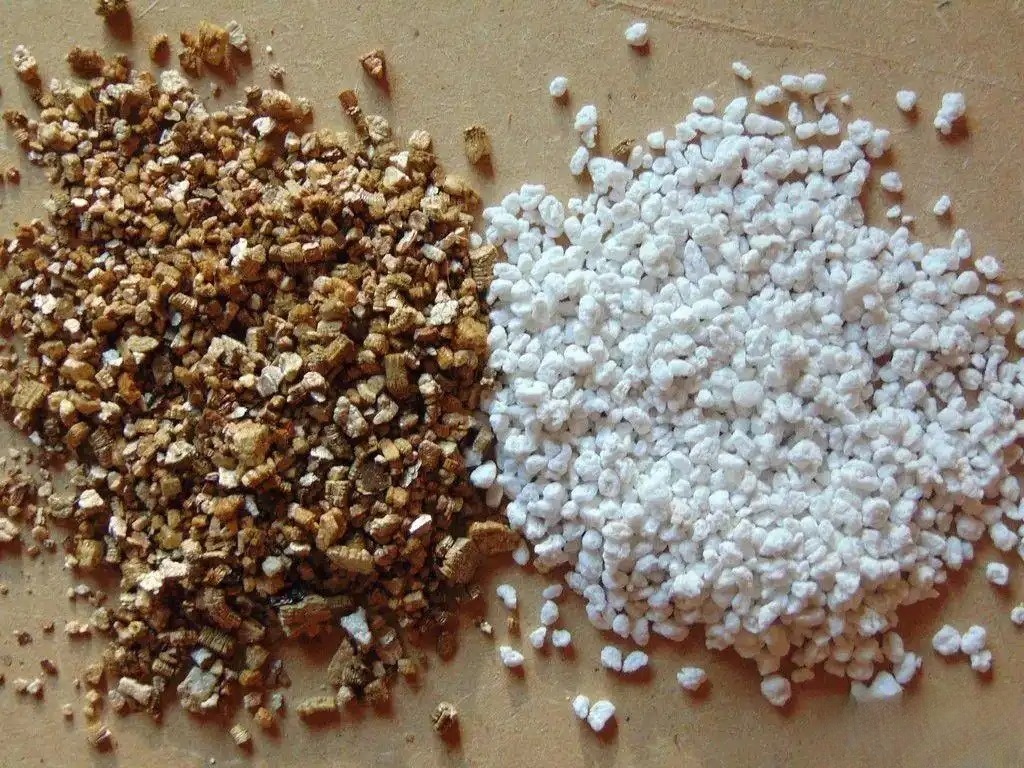
The left side of the picture above is vermiculite, and the right side is perlite
I have introduced these two materials for planting plants in detail before. Both have good water retention capabilities, but both are plants with more pores. Perlite and vermiculite are both relatively fluffy granular soils. Vermiculite has better water retention capabilities than perlite and is heavier than perlite.
When propagating plant branches by cuttings, perlite and vermiculite are often used to utilize their water-retaining capacity and strong air permeability to promote the germination of roots in branches.
When growing flowers on a daily basis, adding an appropriate amount of perlite or vermiculite to the soil can improve the soil's air permeability and drainage, which is beneficial to the growth of plant roots.
Because perlite and vermiculite have no fertility, they are usually mixed with peat soil to grow plants. The mixing ratio of perlite or vermiculite and peat soil is generally about 2:8 or 3:7.
8. River sand
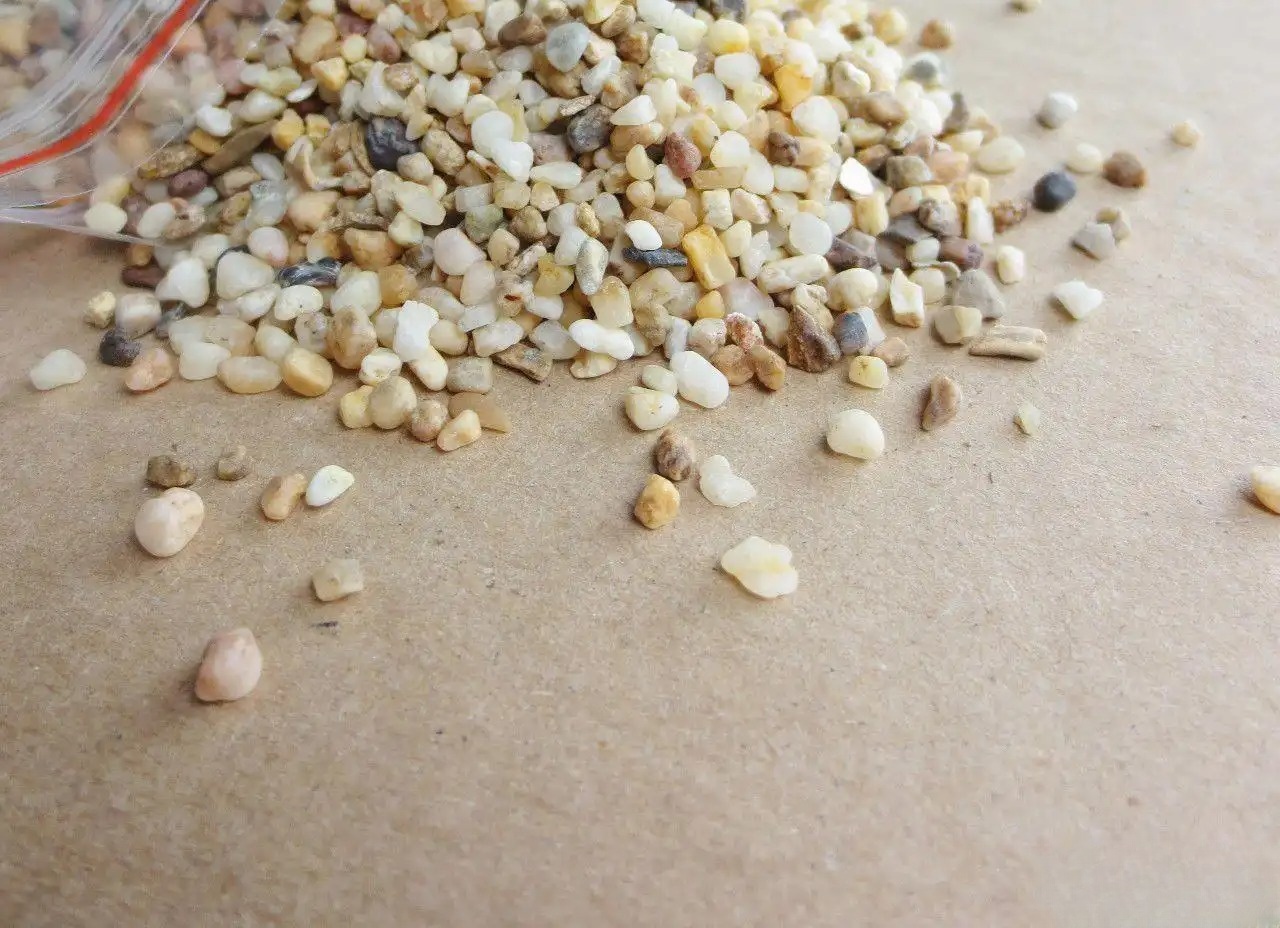
The above picture shows coarse sand
River sand is a very common planting material. It is divided into coarse sand and fine sand, which is just the size of the particles. Coarse sand is suitable for growing tall plants, while fine sand is suitable for growing small plants.
Ammunition please note that river sand cannot be used alone. It has no water retention capacity and no fertility. Its function is to prevent soil from clumping and maintain soil permeability and drainage.
After river sand is mixed into peat soil or garden soil, it can be used to plant plants. The proportion of river sand in the soil should not exceed 30%, otherwise it will affect the fertility and water retention capacity.